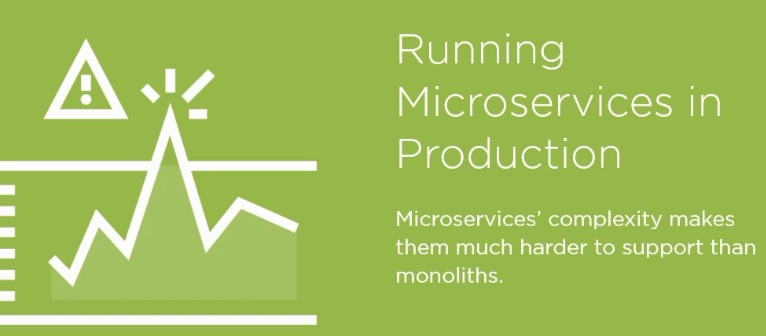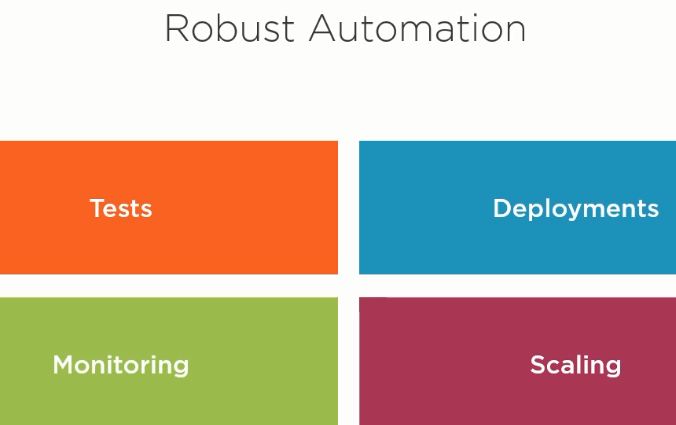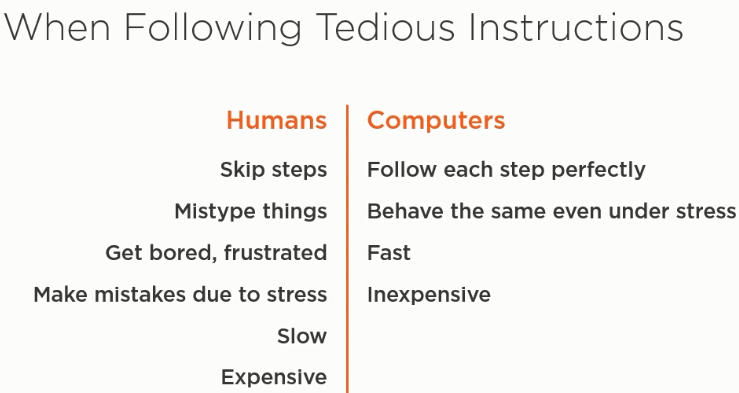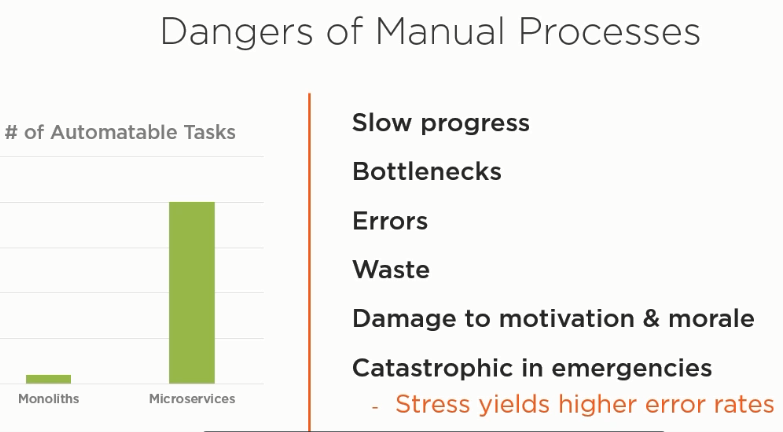
Running microservices in Production requires maturity and sophistication in your operational support capabilities as compared to a monolith. The runtime telemetry and tracing data generated by a micro service’s
architecture is far more complex. In a micro service’s architecture. Telemetry data such as log streams and metrics are being generated from each individual microservice, meaning that there are multiple sources of that telemetry data. It’s important to recognize that for any given operation in a micro service’s architecture, that operation my involve
some number of different services.

Is if a particular operation is performing poorly or generating errors. Identifying the root cause could be more challenging again due to cascading failures and amplification effects. In addition, it can be difficult to trace through a particular scenario using log analysis. Because that scenario will likely transition through a number of different services is analyzing logs and debugging in a micro service’s architecture requires correlating telemetry.
Data from multiple services is log analysis and debugging, by comparison, are much simpler in a
monolithic architecture, since there’s only one source of telemetry data. this complexity makes observe the ability of microservice is a crucial aspect that needs to be interwoven into the entire software development life cycle. Many software development organizations make the mistake of treating metrics and logging as an afterthought for a monolith. This isn’t ideal, but it’s the least tenable for microservice. is it ripping.

When you consider the potential benefits of microservice is 9in scalability, fault, isolation, and separation of concerns. it is impossible to realize those benefits without robust observe ability. In addition, it is impossible to successfully run. Microservice is in production without robust automation tests.
Deployments monitoring, scaling are all elements that need to be thoroughly automated. Manual processes are far too slow and error-prone
to properly support micro Service and production automatable. Tasks like these tests and deployments monitoring scaling are typically
tedious lists of precise instructions that need to be followed exactly and repetitively
It just so happens when you compare humans to computers. Humans are really bad at tedious instructions. We skip steps, we miss type
things. We get bored. we get frustrated, that sort of thing. we also tend to make more mistakes when we’re tired or we are stressed out.
We’re also really, really slow at following long lists of tedious instructions. Performing manual regression testing on even a modest-sized application takes hours or maybe even days. And finally, people are expensive. Computers. on the other hand, are really good at tedious instructions and follow each step exactly the same every single. time without fail computers will behave the same regardless of how many angry customers are waiting for the results of the computation.

Computers are also so much faster at these kinds of tasks, it isn’t unreasonable. Though . have a thorough regression testing suite for a moderate-sized application finish in a few dozen minutes. And as compared to humans, computers are incredibly inexpensive. When you compare the cost of a full-time employees’ salary to the cost of a cloud-hosted virtual machine over the same period of time, the human is probably an order of magnitude more expensive in the micro service’s environment. absence of automation can cause far more waste than with a monolith since there are so many more tasks, better candidates for the environment.
Organizations that attempt to adopt microservices without proper investment and automation often find that they’re moving slower rather than faster annual processes create bottlenecks. They introduce errors and waste and monopolized the team’s time on tasks that destroy motivation and morale. Manual processes can be catastrophic when dealing with emergencies. if deploying a change requires manual regression testing that takes hours or days that could potentially leave angry customers waiting.
This gets even worse in a high-pressure situation, Where manual processes are susceptible to more errors because of the additional stress that the team is under microservice is just cannot be supported in production without robust automation

 Starting: 1st of Every Month
Starting: 1st of Every Month  +91 8409492687
+91 8409492687  Contact@DevOpsSchool.com
Contact@DevOpsSchool.com
